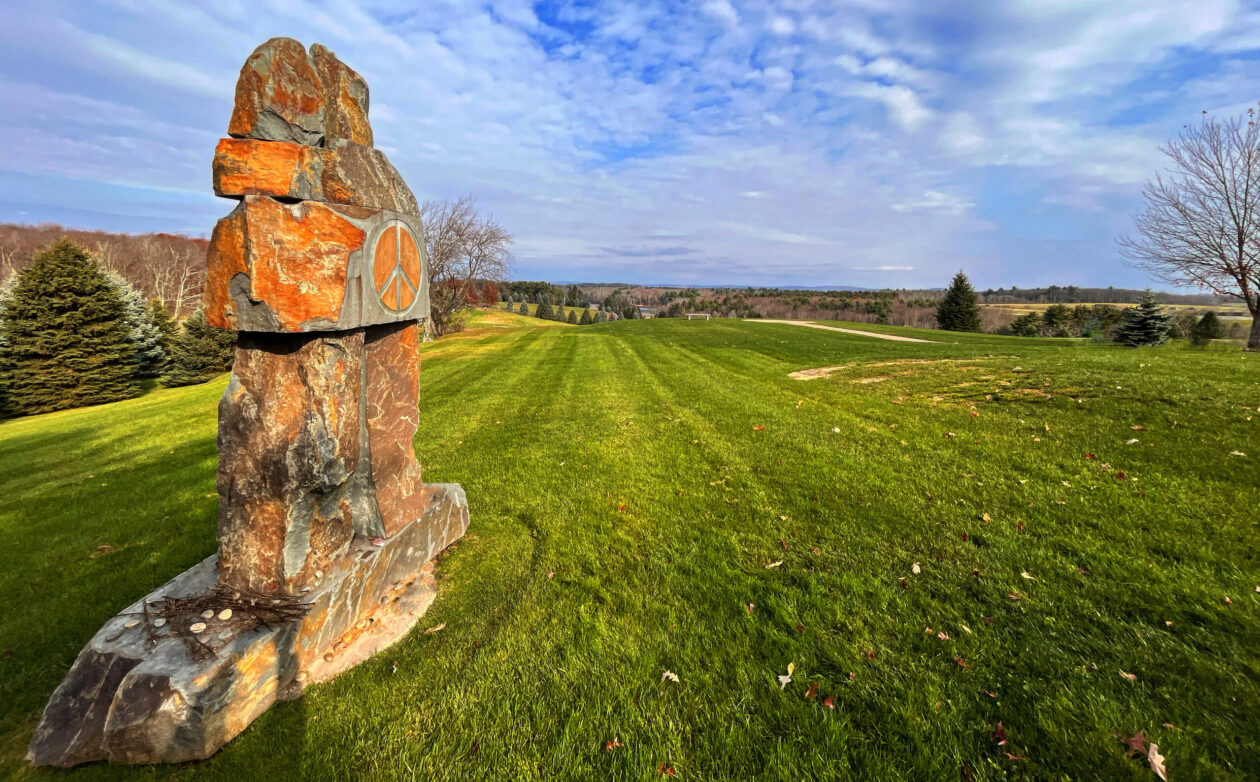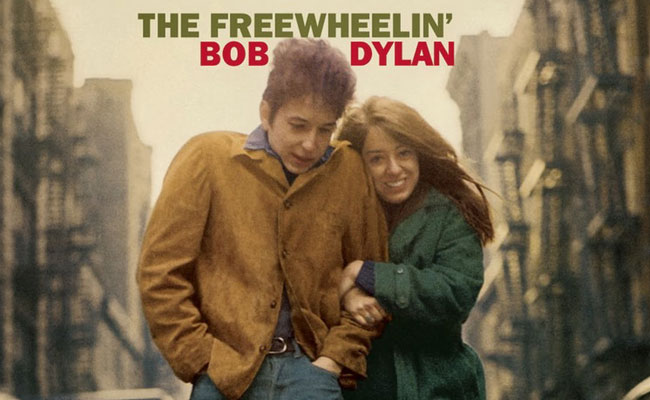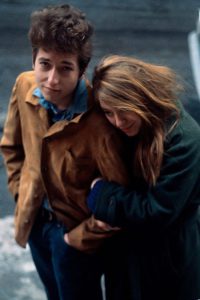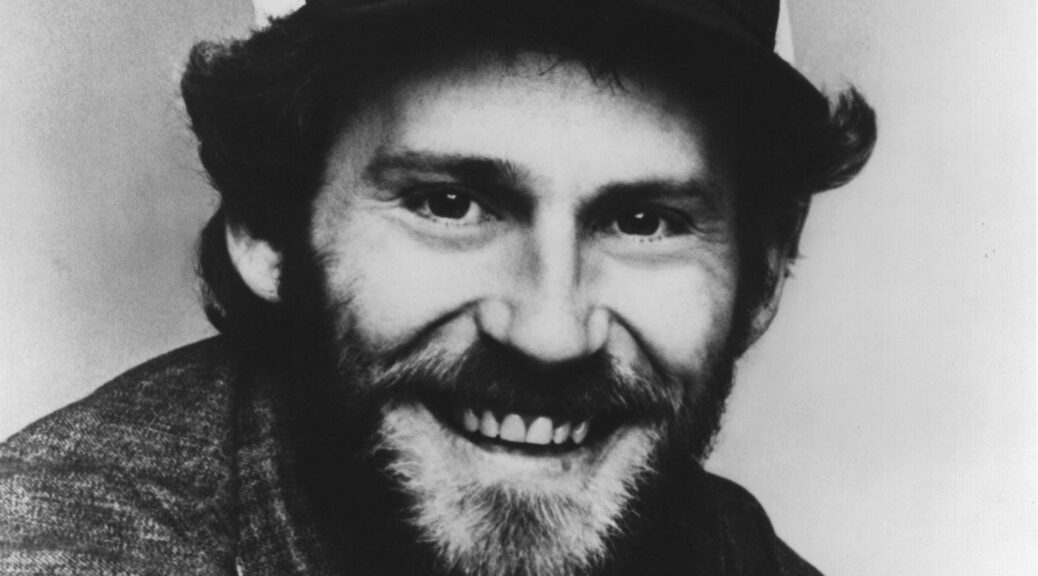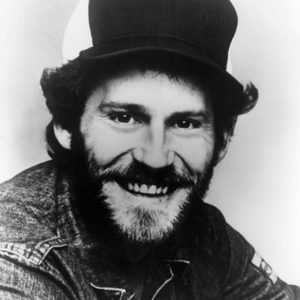John Fogerty
Happy birthday
May 28, 1945
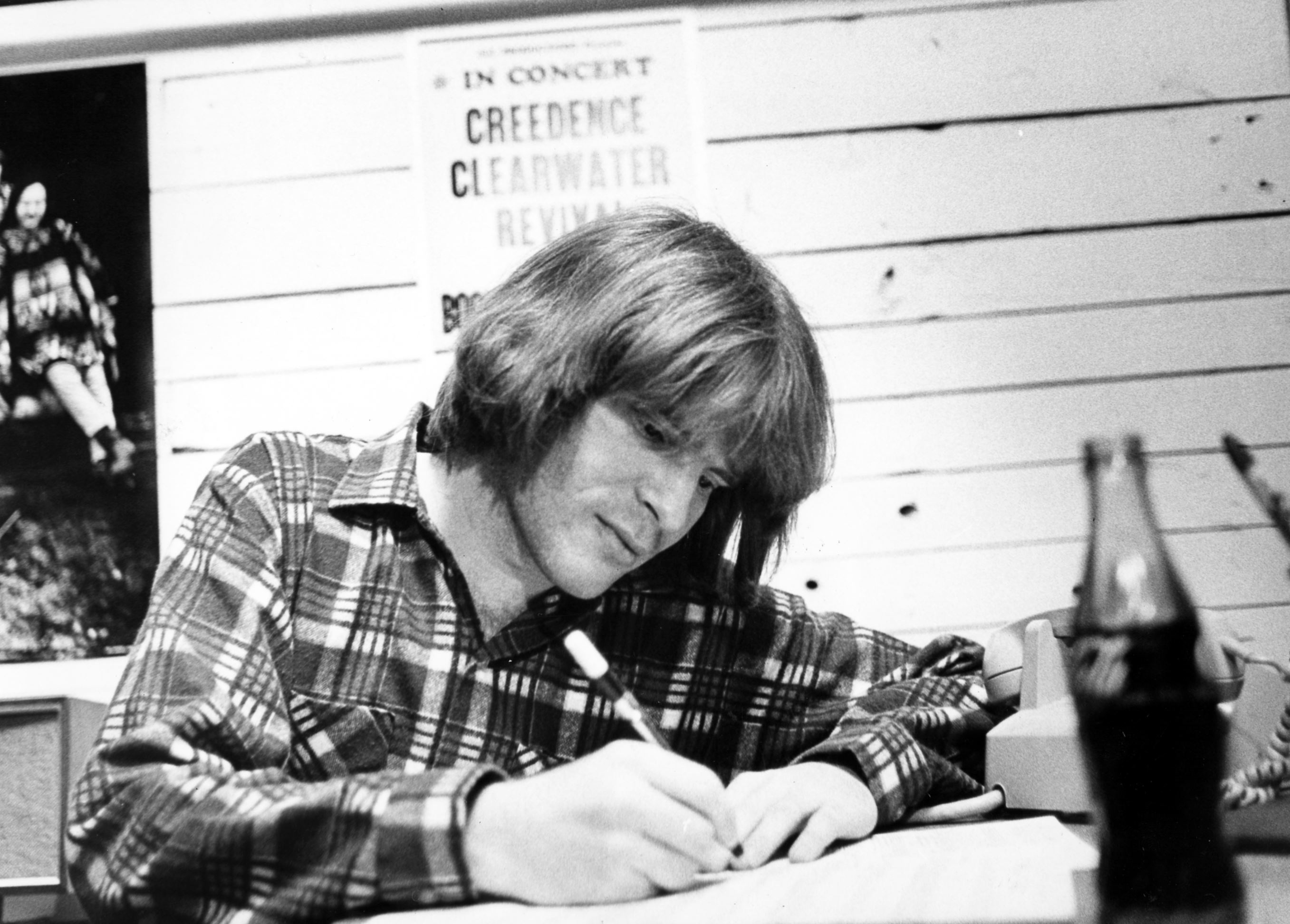
Proud Mary
I guess “Proud Mary” was the first time I heard Creedence Clearwater Revival. It was pretty good. Straight-forward rock with a taste of, I didn’t realize then, bayou.
I also didn’t know who Creedence Clearwater Revival was: Stu Cook, Tom Fogerty, Doug Clifford, and John Fogerty. The band’s name was confusing, but less so that any Dylan lyric, so I was ahead of the game.
While Creedence was the sum of its parts, those songs, the catchy song after catchy song, was from John Fogerty.
California beginnings
John and his older brother Tom Fogerty grew up in El Cerrito, California, in the San Francisco Bay Area.
At first the four friends were the Blue Velvets but became the Golliwogs when they signed with Fantasy Records, mainly a jazz label. Their singles fared poorly.
After a stint in the Army Reserve, the four band mates became Creedence Clearwater Revival. And as if John had gone down to the crossroads, suddenly a spate of songs came forth.
An abundance of hits
|
|
Woodstock
Despite John Fogerty’s sense that their performance at the Woodstock Music and Art Fair was below par due to a sleepy audience, I for one can say that my sense is the opposite and when asked “Who was your favorite at Woodstock?” my somewhat evasive answer is “I went home and bought Creedence.”
CCR’s Nantucket sleighride lasted until 1971 when brother Tom left the band. There are many stories why Tom left; generally it seems that John’s larger than life influence on the band, its music, its direction, and its performance was more than Tom could take.
CCR’s last album, Mardi Gras, did well but comparatively poorly. Stu Cook and Doug Clifford left and CCR was over.
John Fogerty
John continued in a sometimes sporadic way. He released an album as the Blue Ridge Rangers, but there were no rangers. It was only John. Subsequent albums were simply under his name.
Legal issues with Fantasy Records limited his production. It wasn’t until he settled that issue, much to Fantasy Records benefit and his loss, that he was able to move forward.
In 1985 he released the album Centerfield and it became a huge hit.
Brother Tom died in 1990 and CCR was inducted into the Rock and Roll Hall of Fame in 1993. John Fogerty did not perform with his former band mates.
John Fogerty continues to write and perform today [site].
